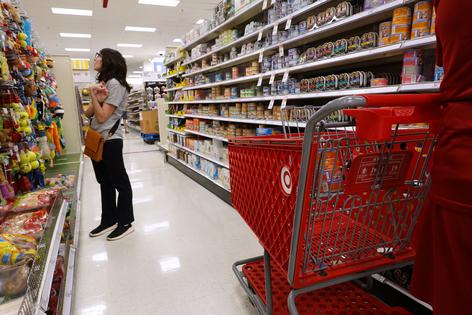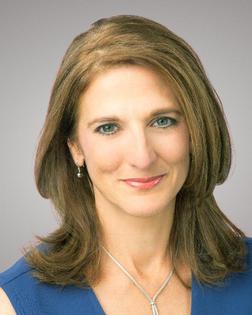Jill On Money: Slow progress on inflation
The progress on inflation has been frustratingly slow this year.
The most recent evidence was found in the Consumer Price Index (CPI), which increased by 3.4 percent from a year ago in April, from 3.5% in March.
The Core rate, which removes food and energy, was up 3.6% from a year ago, from 3.8% in the prior month.
Although those changes do not seem that big, a tenth here, two-tenths there, can add up to movement in the right direction. In fact, annual core CPI has fallen to the lowest level since April 2021.
These numbers come on the heels of two, distinct periods:
(1) The decade prior to the pandemic, when prices were stable and the inflation rate hovered at just below 2%.
(2) The pandemic price surge, which started in 2021 and peaked in mid-2022. In the subsequent year, pandemic supply chain issues and the jump in energy prices associated with the war in Ukraine were resolved – and those “transitory” factors, combined with the impact of higher interest rates, pushed down the inflation rate.
But since last summer, inflation has been range-bound at 3 to 3.7%, higher than both consumers and the Federal Reserve would like to see.
One of the driving factors in keeping inflation high is the cost of housing.
Shelter is not only a big line item for household budgets, it is a major contributor to inflation — accounting for a third of overall CPI.
Economists have long complained that the way that the government calculates shelter is problematic because it’s difficult to measure average national rent increases and for owners, officials rely on surveys that ask what their home might rent for in the market.
Through April, shelter was up 5.5% and although more timely data indicate a slowdown. Still, until there is more meaningful progress, the Fed is expected to keep interest rates higher for longer.
Meanwhile, the double whammy of elevated prices and high interest rates is putting pressure on many Americans.
The Federal Reserve Bank of New York reported that household debt continued to rise in the first quarter, with mortgages and auto loans leading the way.
Credit card balances declined slightly from the all-time high, but that follows a seasonal pattern, when consumers start a post-holiday New Year's financial diet and then use their tax refund money to pay down debt.
Even with the small progress, credit card balances are near an all-time record of $1.12 trillion and have risen 45-50% since the beginning of 2021.
Servicing that debt has become more difficult amid high rates.
According to the Fed, there is a direct line from consumers who have credit card balances, to those who max out their cards, to those who become delinquent (defined as an account that is 60 days or more past due).
The share of maxed-out borrowers is approaching pre-pandemic levels and “an increasing number of borrowers missed credit card payments, revealing worsening financial distress among some households,” according to Joelle Scally, of the New York Fed.
Unfortunately for those who are under pressure, a federal judge in Texas recently blocked a rule that would prohibit the largest credit card companies (those with more than 1 million accounts) from charging customers late fees higher than $8.
According to a Consumer Reports survey, one in five American adults – an estimated 52 million people – said they had paid a credit card late fee in the previous 12 months.
A preliminary injunction means the rule can’t go into effect until a hearing is held where the case can be adjudicated in greater detail.
_____
_____
========
(Jill Schlesinger, CFP, is a CBS News business analyst. A former options trader and CIO of an investment advisory firm, she welcomes comments and questions at askjill@jillonmoney.com. Check her website at www.jillonmoney.com)
©2024 Tribune Content Agency, LLC










